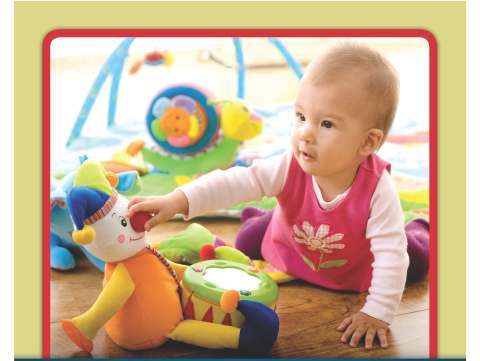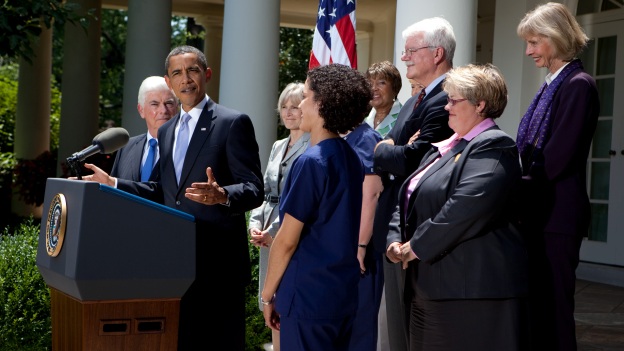Despite Improvements, there is still “Trouble in Toyland”
The annual “Trouble in Toyland” report from the U.S. Public Interest Research Group shows there are still toxic toys on the shelves, despite improvements.
PennPIRG program associate Alana Miller says when they started doing the report 26 years ago, hazardous toys littered the shelves. Every year, they find fewer and fewer that pose such hazards.
However, Miller says there are still dangerous toys being sold, including ones that violate lead limits, toys that pose choking hazards for small children, toys with unacceptable noise levels and toys with high levels of phthalates. She adds choking on small parts, balls and balloon pieces continues to be the leading cause of children’s deaths from playing with toys.
Miller says any toy that would fit inside an empty toilet paper roll is too small for a child under three.
Miller says they found a little toddler book with lead at levels of 720 parts per million, which is more than twice the current limit. She adds it’s 10 times the limit recommended by the American Academy of Pediatrics. She says because many parents wouldn’t even think to check the lead content of a book, that’s why it’s important to have oversight of regulations so kids aren’t getting sick from books. She says parents can find toy incident reports and recall notices at saferproducts.gov.
You can get the full list of problems found during the annual “Trouble in Toyland” survey at pennpirg.org/report. You can also use the mobile site, toysafety.mobi to report unsafe toys or learn more about the report.




